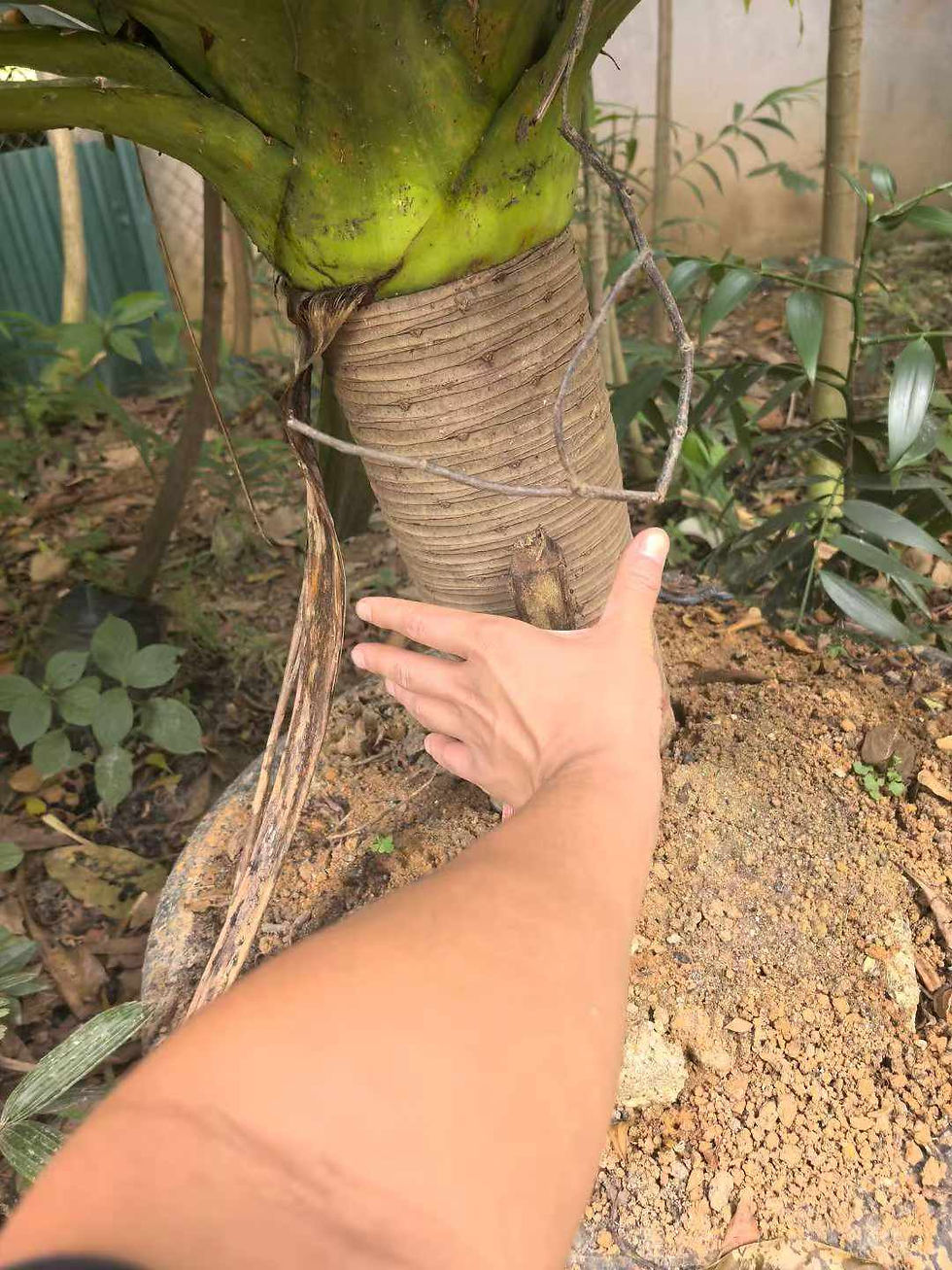Details
Edible Uses
Edible Parts: Fruit; Leaves.
Edible Uses:
Fruit - fresh or preserved[1, 22, 61]. Somewhat like a mulberry[183]. The firm fruit is relatively tasteless, when soft-ripe it is sub-acid to sweet and some forms can be quite delicious[46, 105, 109, 151, 183]. It contains lots of large seeds[151]. The fruit is about 25mm in diameter[200]. Leaves - a famine food[179].
Medicinal Uses: Plants For A Future can not take any responsibility for any adverse effects from the use of plants. Always seek advice from a professional before using a plant medicinally.
Antiperiodic; Galactogogue; Ophthalmic; Women's complaints.
An infusion of the wood is used to treat sore or weak eyes[178, 218]. The inner bark and the wood are used in the treatment of malaria, debility and menorrhagia[178, 218]. The root is galactogogue and is also used in the treatment of amenorrhoea[218]. The plant is used to eliminate blood stasis and stimulate the circulation in cancer of the alimentary system, blood and lungs[218].
Other Uses
Dye; Fibre; Wood.
A yellow dye is obtained from the wood[178]. The bark fibers are used for making paper[266]. Wood - finely grained. Used for utensils[178].

































